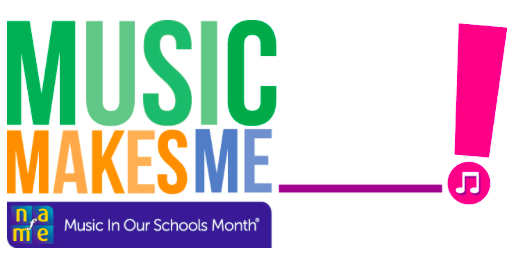White lab coats. Sterile rooms with fluorescent lights. Charts and spreadsheets. And people named Doctor So-and-So or You-Know-Who, PhD.
Yes. That image often materializes when we think about the word RESEARCH. We rarely think about the game Peek-a-Boo or filling a tissue box with balls (and dumping them out) or mimicking someone’s face. But, that is RESEARCH, too. In fact, young children are the youngest scientists. Research and good ol’ trial-and-error: It’s how children learn about the world around them.
Of course, babies and toddlers don’t don white lab coats and create spreadsheets when they conduct research. Instead, they play. That’s right. Children conduct research through play. Parents may not always recognize when a child is learning because it almost always looks like playtime. However, early childhood educators see beyond the laughing, dancing, and singing to see the hard work of learning through play. Take a peek at all of the learning happening through play.
What Parents See Vs What Teachers See
- Parents see a baby shaking an instrument. Teachers see a baby practicing fine motor skills and learning cause-and-effect.
- Parents see a baby being rocked back and forth to a lullaby. Teachers see baby’s developing vestibular system at work and parent-child bonding. Strong bonds with a parent leads to increased confidence to learn about the world.
- Parents see a mom dancing with her baby while waving a scarf. Teachers see a sight-strengthening activity that encourages eye-tracking and strengthens both depth perception and eye-hand coordination.
- Parents see a toddler jumping up and down, stomping to the beat, or mimicking a farm animal’s movement. Teachers see young children actively practicing all of those gross motor skills.
- Parents see a toddler reciting the fingerplay “The Itsy-Bitsy Spider.” Teachers see children exercising finger, hand, thumb, hand, and wrist muscles, all of which are needed for holding and writing with a pencil.
- Parents hear a toddler singing a song over and over again. Teachers hear a child singing a song with a verse then a chorus then a verse then a chorus…or in other words using music to experience the early math skill of patterns.
- Parents hear a preschooler singing a silly song and laughing at the unfamiliar words. Teachers see children developing a sense of humor as they learn what is and isn’t funny—and when it is appropriate (or not) to laugh.
- Parents see a preschooler tapping out a steady beat on the drum or by clapping hands. Teachers see a child learning the same skill that helps them walk effortlessly, speak expressively, and even regulate repeated motions such as riding a bicycle, brushing teeth, or dribbling a ball.
What Do YOU see in a music class? (Hint: It’s not just singing, dancing, and playing instruments!) Take a peek!
Do you want to see what Kindermusik educators see? Contact your local educator and visit a class!
Contributed by Lisa Camino Rowell, a freelance writer in the Atlanta, Georgia, area.

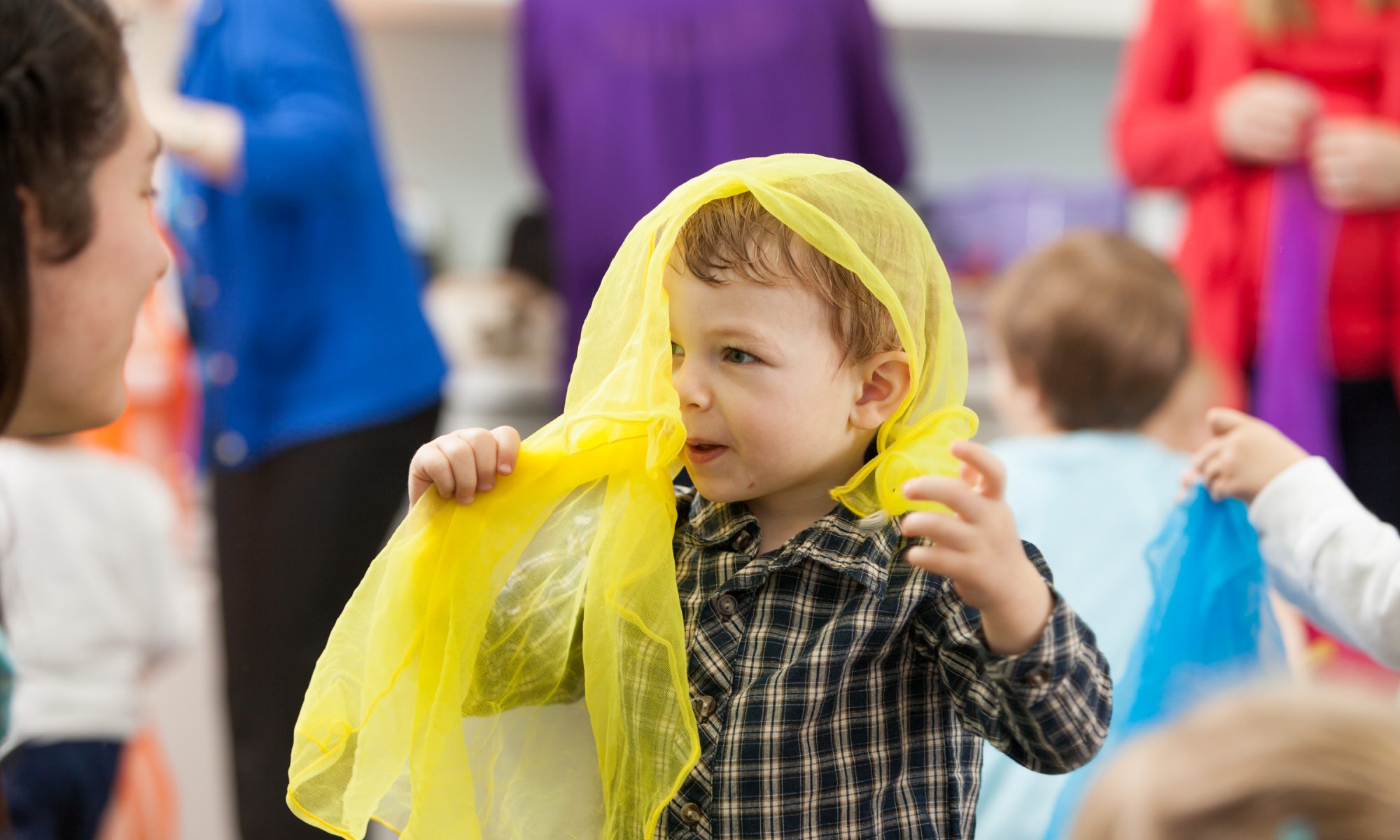

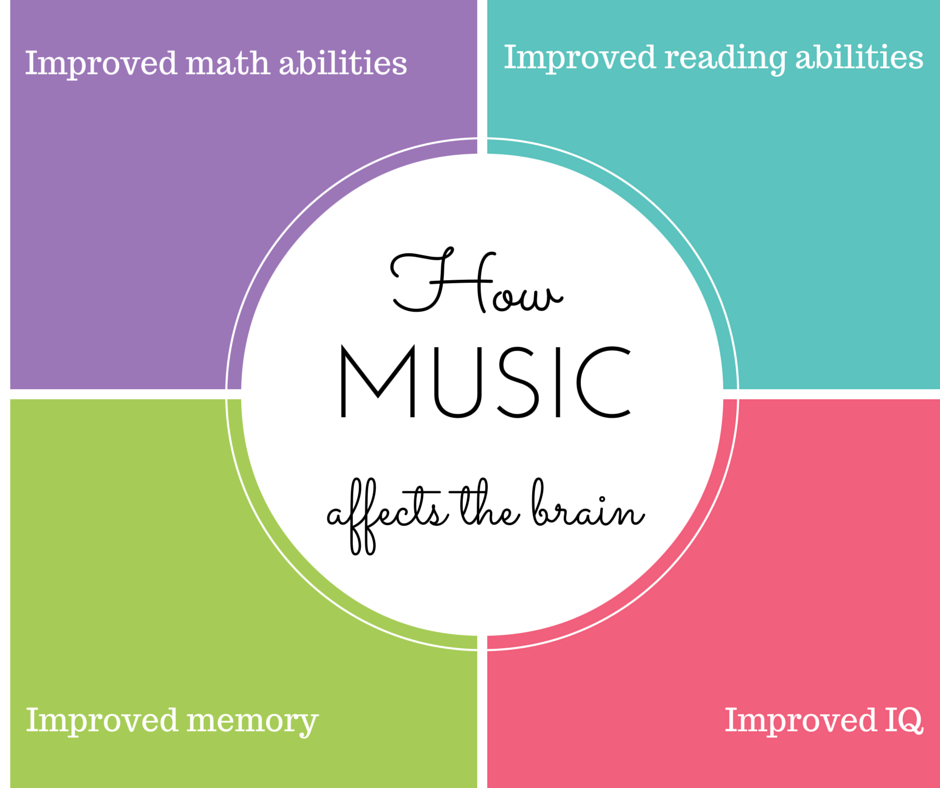



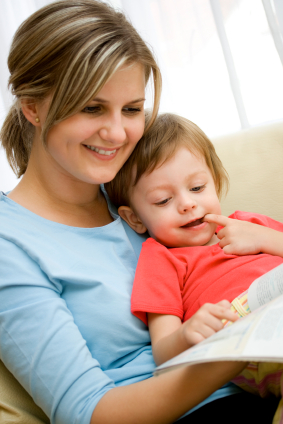
 “Again! Again!” It is not a coincidence that young children ask to read the same book 22 nights in a row. While the adults involved may secretly (and not so secretly) wish for more diversity, all that repetition strengthens the learning or growth of neural connections in children’s brains.
“Again! Again!” It is not a coincidence that young children ask to read the same book 22 nights in a row. While the adults involved may secretly (and not so secretly) wish for more diversity, all that repetition strengthens the learning or growth of neural connections in children’s brains.


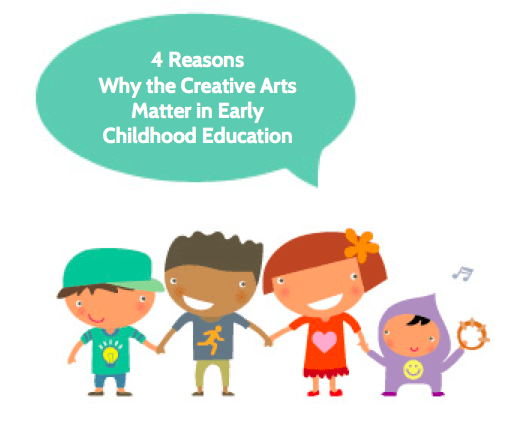
 Young children love music, dancing, painting, playing, and other creative ways to express themselves and make sense of the world around them. However, as if those reasons weren’t enough to include things like art and music in early childhood education, research indicates that the arts, including music education for kids, significantly impacts cognitive development, increases self-esteem, and actively engages everyone in learning—children, parents, and teachers!
Young children love music, dancing, painting, playing, and other creative ways to express themselves and make sense of the world around them. However, as if those reasons weren’t enough to include things like art and music in early childhood education, research indicates that the arts, including music education for kids, significantly impacts cognitive development, increases self-esteem, and actively engages everyone in learning—children, parents, and teachers! Children thrive on (and naturally respond to!) multi-sensory learning opportunities, such as music and the visual arts. Each of our five senses (sight, smell, sound, touch, taste) activates specific neurons in the brain. For young children, multi-sensory activities provide more learning opportunities than single-sensory activities because more of the brain becomes involved in the lesson. For example in a music class, children experience multi-sensory learning when they listen to and imitate animal sounds vocally or with an instrument, see the animals in the story, and then move around like them. Art activities can bring in the sense of smell and taste through edible art works, such as creating rainbows out of colored cereal or even using edible finger paints for the youngest learners. Plus, experiences that integrate several senses simultaneously are responsible for lasting impressions and greater retention.
Children thrive on (and naturally respond to!) multi-sensory learning opportunities, such as music and the visual arts. Each of our five senses (sight, smell, sound, touch, taste) activates specific neurons in the brain. For young children, multi-sensory activities provide more learning opportunities than single-sensory activities because more of the brain becomes involved in the lesson. For example in a music class, children experience multi-sensory learning when they listen to and imitate animal sounds vocally or with an instrument, see the animals in the story, and then move around like them. Art activities can bring in the sense of smell and taste through edible art works, such as creating rainbows out of colored cereal or even using edible finger paints for the youngest learners. Plus, experiences that integrate several senses simultaneously are responsible for lasting impressions and greater retention. This could mean listening intently as a child explains the colors of the rainbow on a painting brought home from school and then finding the perfect spot on the refrigerator to hang it. Or it can mean singing and dancing to the songs from music class or pretending to be favorite characters in the book from circle time.
This could mean listening intently as a child explains the colors of the rainbow on a painting brought home from school and then finding the perfect spot on the refrigerator to hang it. Or it can mean singing and dancing to the songs from music class or pretending to be favorite characters in the book from circle time.![KindermusikPresents_ABCMusicAndMe_AGlobalEarlyChildhoodCurriculum[1]](https://media2.kindermusik.com/website/sites/2/2014/05/KindermusikPresents_ABCMusicAndMe_AGlobalEarlyChildhoodCurriculum1-300x167.png) Plus, teachers and parents love Kindermusik. It’s easy to use with minimal planning and intentionally provides a method for teachers to participate, notice, and observe the class. Teachers can just pop in the hosted audio and a trained Kindermusik educator comes alive in their classroom through the guided activities.
Plus, teachers and parents love Kindermusik. It’s easy to use with minimal planning and intentionally provides a method for teachers to participate, notice, and observe the class. Teachers can just pop in the hosted audio and a trained Kindermusik educator comes alive in their classroom through the guided activities.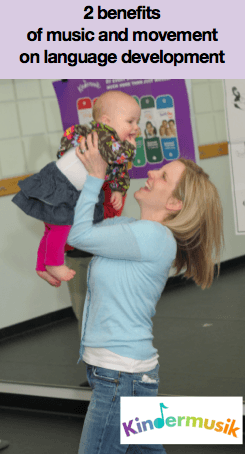
 almost exclusively on what they hear in order to acquire language. Children’s brains make a connection based on what they experience (being lifted high or twirling around) and hear (“up” or “twirl”). So, when a parent of caregiver lifts a child high “up, up in the sky” or “twirls around like a leaf” while singing the songs in Kindermusik class, young children learn the word and understand the concept. Later, children will discover those words correspond to marks on a page which eventually leads to letter recognition and reading.
almost exclusively on what they hear in order to acquire language. Children’s brains make a connection based on what they experience (being lifted high or twirling around) and hear (“up” or “twirl”). So, when a parent of caregiver lifts a child high “up, up in the sky” or “twirls around like a leaf” while singing the songs in Kindermusik class, young children learn the word and understand the concept. Later, children will discover those words correspond to marks on a page which eventually leads to letter recognition and reading. Come experience for yourself the benefits of music!
Come experience for yourself the benefits of music! 
 Becoming a parent turns a person’s world (and social calendar) upside down and inside out. A person moves from lengthy conversations over dinner to brief chats scheduled around naptimes.
Becoming a parent turns a person’s world (and social calendar) upside down and inside out. A person moves from lengthy conversations over dinner to brief chats scheduled around naptimes.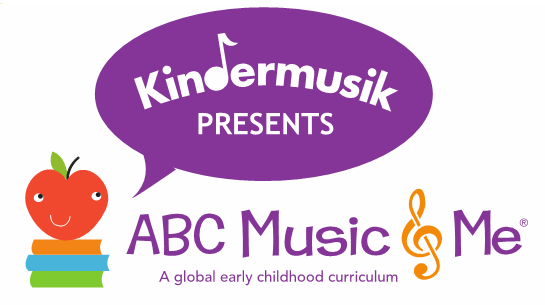
![KindermusikPresents_ABCMusicAndMe_AGlobalEarlyChildhoodCurriculum[1]](https://media2.kindermusik.com/website/sites/2/2014/05/KindermusikPresents_ABCMusicAndMe_AGlobalEarlyChildhoodCurriculum1.png)

 From “Home Sweet Home
From “Home Sweet Home
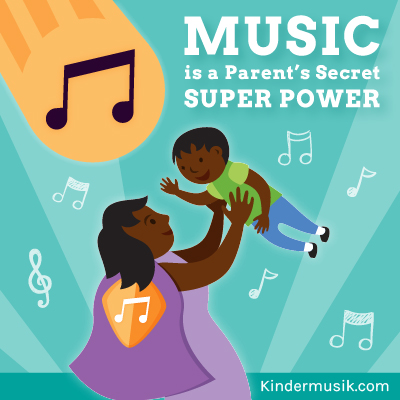
 Parents of young children need special superpowers. Forget about leaping tall buildings in a single bound or even flying, parents really need the ability to turn invisible in order to check on a sleeping baby, the power to fully function on only 3 hours of interrupted sleep, and the capacity to do the laundry faster than a speeding bullet! Who knew someone so little could go through so many clothes!?
Parents of young children need special superpowers. Forget about leaping tall buildings in a single bound or even flying, parents really need the ability to turn invisible in order to check on a sleeping baby, the power to fully function on only 3 hours of interrupted sleep, and the capacity to do the laundry faster than a speeding bullet! Who knew someone so little could go through so many clothes!?

